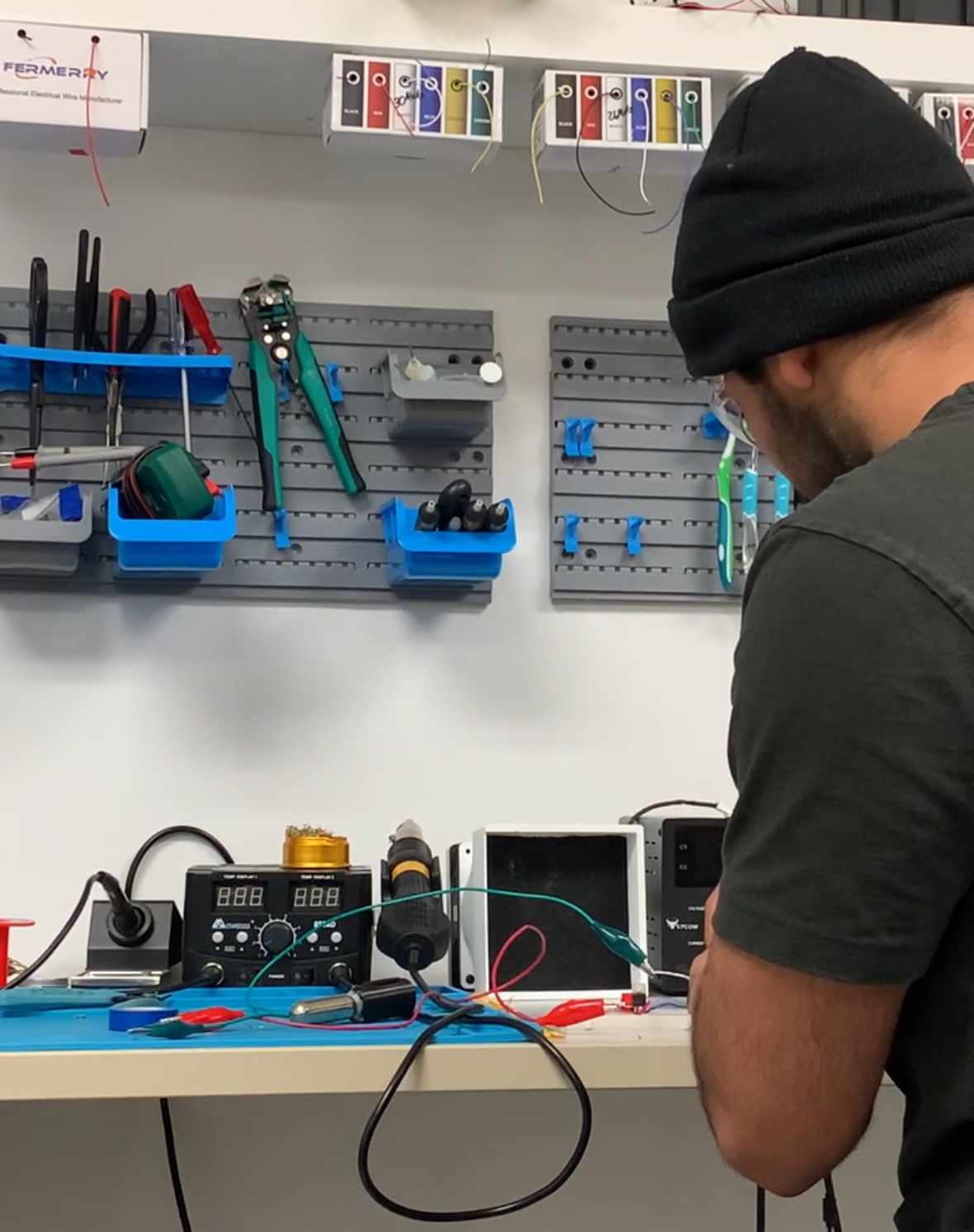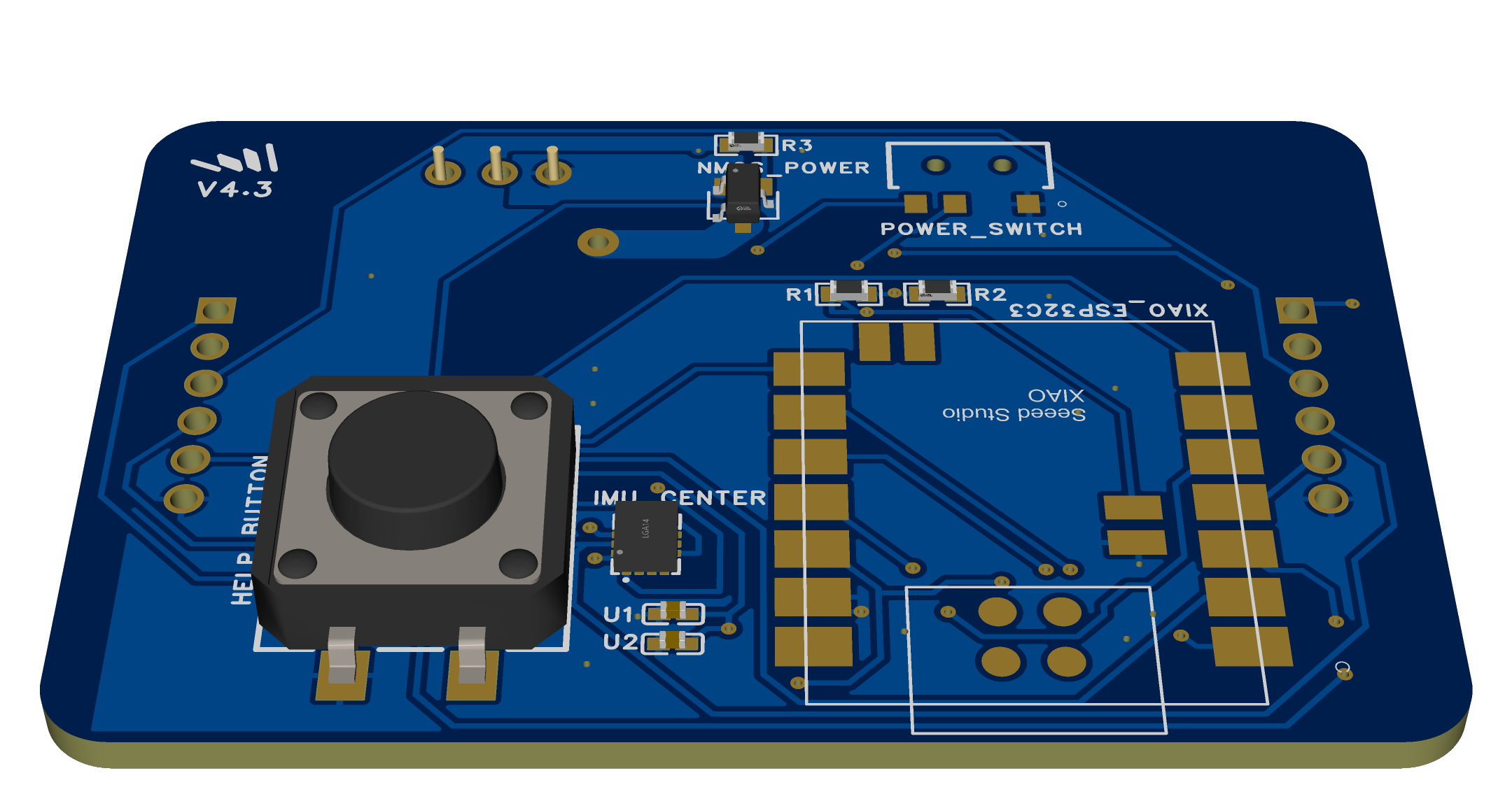
Overview
During my internship at Azimut Medical, I had the opportunity to contribute significantly to their innovative product development efforts by designing and optimizing embedded systems for medical applications. I worked closely with the engineering team to enhance their technology stack, resolve bottlenecks, and improve system performance. My work focused on both hardware and firmware design, delivering tangible results within strict deadlines.
Key Achievements:
- Optimized Communication Protocols:
- Transitioned the system’s communication protocol from I2C to SPI, resulting in a 10x increase in responsiveness.
- This upgrade eliminated the sampling rate bottleneck and allowed for more reliable and faster sensor data acquisition.
- The migration also enabled the removal of an additional multiplexer, reducing the PCB footprint by 25% and improving overall efficiency.
- Developed FreeRTOS-Based Firmware:
- Designed the company’s first FreeRTOS-based firmware to enable concurrent task execution, replacing their simple setup-and-loop architecture.
- Implemented conditional task scheduling to allow tasks to run sequentially or in parallel, enhancing the system’s multitasking capabilities.
- This redesign optimized the device’s performance and showcased my ability to quickly learn and implement advanced technologies under tight deadlines.
- Designed High-Performance Current Amplifier Circuit:
- Created and implemented a current amplifier circuit using MOSFETs and BJTs, capable of delivering 10A of current to a heating element.
- Simulated the design in LTSpice before transferring it to practical implementation, ensuring reliability and precision for the company’s custom-designed airbags.
- Custom PCB Design:
- Designed, assembled, and tested a compact PCB for a data collection project, tailored to meet client requirements.
- Developed custom footprints to create an extremely small form factor, ensuring the board remained inconspicuous and met aesthetic expectations.
- Firmware Development and Sensor Integration:
- Wrote efficient header files in C for current sensors and ensured seamless functionality on Arduino Xiao M0 chips.
- Enhanced the pilot project design by implementing the SPI protocol for sensor communication, removing additional hardware dependencies, and improving performance.
- Comprehensive Documentation:
- Documented the entire design process, including system architecture, firmware, hardware design, and implementation details.
- Created a knowledge base to reduce the learning curve for future developers, ensuring seamless continuity in ongoing and upcoming projects.
Challenges and Solutions:
- Problem: Slow responsiveness due to I2C protocol and an overloaded PCB design.
- Solution: Migrated to SPI, eliminated unnecessary components, and improved both performance and PCB footprint.
- Problem: Limited firmware functionality with single-threaded execution.
- Solution: Introduced FreeRTOS for concurrent task execution, enhancing performance and flexibility.
- Problem: High power demands for custom-designed airbags.
- Solution: Designed a robust current amplifier capable of delivering 10A for heating elements.
Hardware Design Pictures








